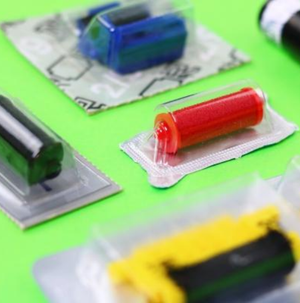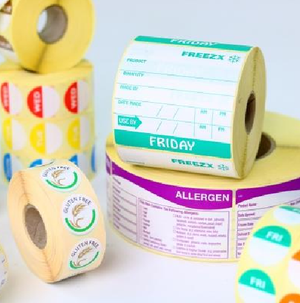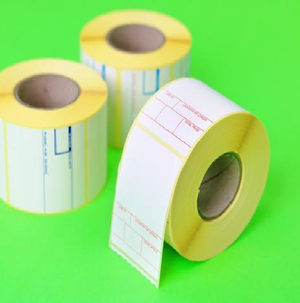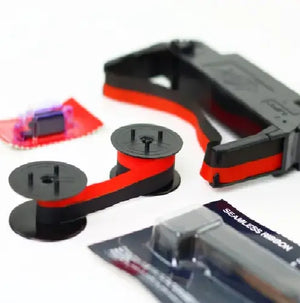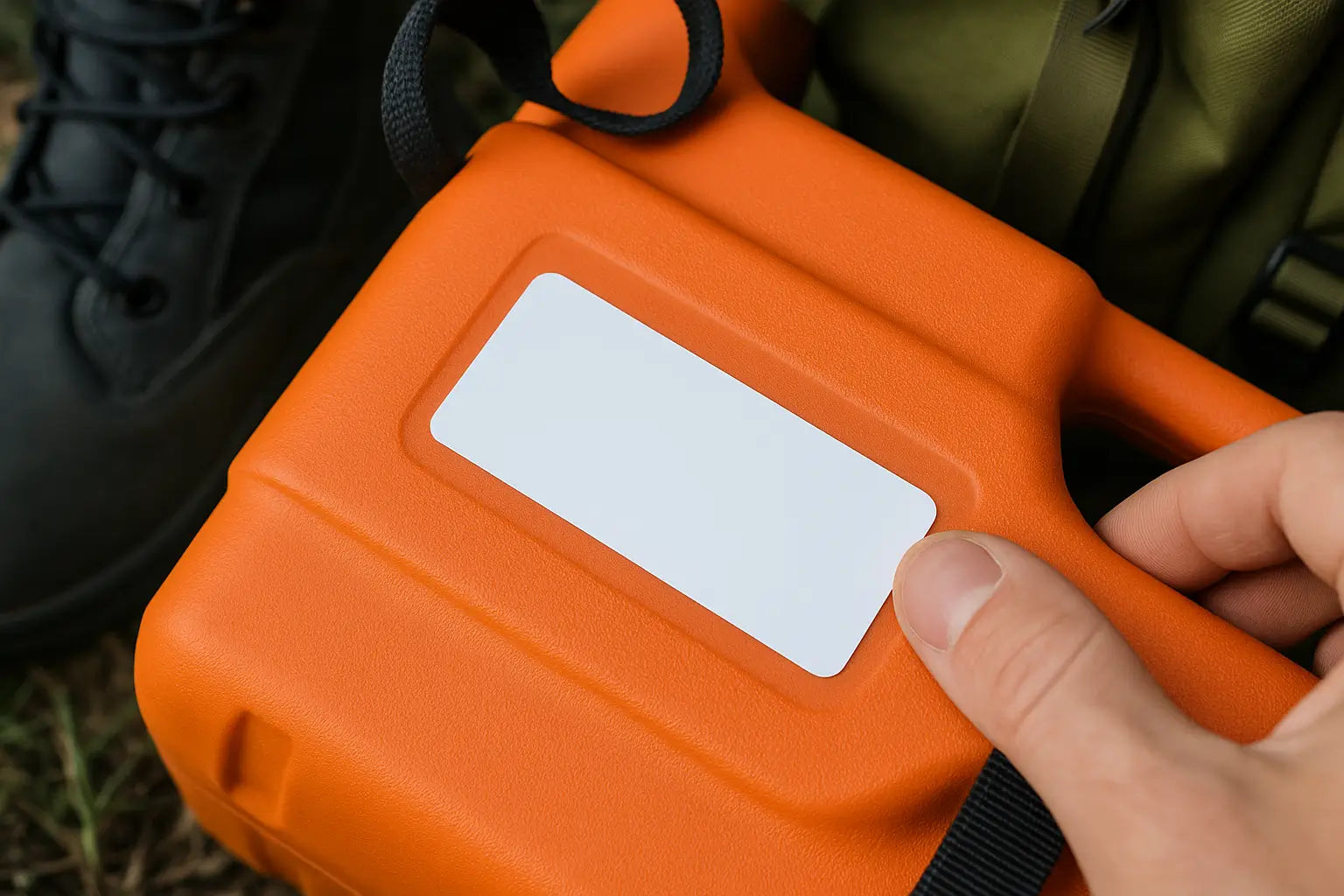
What is the Best Way to Label Outdoor Equipment?
Did you know that poorly labeled equipment can lead to significant operational inefficiencies and safety issues? According to the Occupational Safety and Health Administration (OSHA), ineffective labeling practises contribute to increased downtime, mismanagement of assets, and even workplace accidents. In industries where outdoor equipment is critical—from construction sites to rental fleets—the importance of proper labeling cannot be overstated.
The best way to label outdoor equipment is by using durable, weather-resistant materials like vinyl or polyester. Ensure labels are UV and moisture-resistant, with high-contrast fonts and QR codes for easy tracking. These practices help improve safety, efficiency, and inventory management in challenging outdoor environments.
In this blog, we’ll explore the best way to label outdoor equipment by discussing key considerations, best practises, and actionable tips. Whether you’re a facility manager, fleet operator, or procurement specialist, this article will help you ensure that your equipment labeling is not only durable and weatherproof but also optimally designed for efficient outdoor equipment management.
Best Practices for Labeling Outdoor Equipment
Implementing labeling best practices can dramatically improve the longevity and effectiveness of your outdoor labels. Here are some guidelines to follow:
1. Selecting the Right Materials
When labeling outdoor equipment, the choice of material can make or break the longevity of your labels. Consider the following types:
-
Thermal Transfer Labels: Ideal for high-durability applications as they use a heat transfer process to create strong, long-lasting images and text.
-
Solvent-Based Labels: Known for their excellent adhesion and resistance to chemicals, making them suitable for industrial environments.
-
Vinyl and Polyester Labels: Perfect for outdoor use due to their resistance to weather, UV rays, and physical abrasion.
Using durable labels for outdoor use ensures that your labeling system remains effective despite harsh environmental conditions.
2. Optimising Label Design
A well-designed label is clear and easy to read, even after prolonged exposure to the elements. Here are some design tips:
-
Font and Color: Use high-contrast colors and legible fonts. For example, white text on a dark background can be very effective.
-
Simplicity: Avoid clutter. A clean design with essential information is easier to scan and understand.
-
Barcode and QR Code Integration: Incorporate machine-readable codes to streamline outdoor equipment management and maintenance tracking.
3. Testing and Quality Assurance
Before fully deploying a new labeling system, it’s essential to test labels under real-world conditions. This involves:
-
Weather Testing: Expose labels to UV light, rain, and varying temperatures to ensure they remain legible.
-
Adhesion Tests: Check that labels adhere securely to equipment surfaces over time.
-
Readability Checks: Ensure that all text and barcodes can be easily read and scanned after exposure to harsh conditions.
Conducting thorough quality assurance tests will help you avoid costly mistakes and ensure your labels perform as expected.
4. Integration with Inventory Systems
Modern industrial labeling solutions should integrate seamlessly with digital inventory management systems. Utilising technologies such as barcodes and QR codes can simplify asset tracking and maintenance scheduling. By linking physical labels to digital records, you can enhance your overall operational efficiency and reduce the risk of misplaced equipment.
Why Proper Labeling of Outdoor Equipment Matters
Safety and Compliance
Labeling outdoor equipment accurately is essential for maintaining workplace safety. Clear labels ensure that employees can quickly identify machinery, parts, or tools, reducing the risk of accidents. Moreover, proper labeling is often mandated by industry regulations and safety standards. By investing in high-quality, weatherproof labeling solutions, businesses not only safeguard their personnel but also comply with regulatory requirements.
Efficient Inventory Management
Accurate and durable labels simplify inventory management, making it easier to track equipment location, usage, and maintenance schedules. For example, in large outdoor storage areas or fleets, quickly identifying an asset through a robust barcode or QR code can streamline operations and reduce downtime. This efficiency translates into cost savings and improved operational productivity.
Quick Identification and Maintenance Scheduling
When labels are clear and durable, they help maintenance teams rapidly locate and service equipment. This proactive approach can prevent minor issues from escalating into major, costly repairs. For organisations that rely on outdoor equipment, timely maintenance is critical to avoid disruptions and extend the lifespan of valuable assets.
Challenges Faced in Outdoor Labeling
Outdoor equipment is continuously exposed to harsh environmental conditions—UV rays, moisture, temperature extremes, and physical abrasion. These factors can lead to common labeling issues such as:
-
Fading: Sunlight and UV exposure can cause labels to lose color and contrast.
-
Peeling: Moisture and fluctuating temperatures may weaken adhesives, leading to labels peeling off.
-
Illegibility: Wear and tear can result in text and barcode degradation, making labels difficult to read.
Understanding these challenges is the first step toward selecting the right materials and methods for labeling outdoor equipment effectively.
Key Considerations for Labeling Outdoor Equipment
When determining the best way to label outdoor equipment, several factors must be considered to ensure long-term durability and clarity.
Material Durability
Selecting the right label material is crucial for outdoor applications. Materials such as vinyl and polyester are known for their resilience. These materials resist fading and abrasion, ensuring that labels remain legible over time. For environments that face severe weather conditions, choosing labels specifically designed for durable labels for outdoor use can make a significant difference.
Adhesive Quality
The adhesive used in a label is just as important as the material. A high-quality adhesive will keep the label firmly attached to equipment, even in the face of moisture and temperature fluctuations. When evaluating adhesive options, consider those formulated for weather-resistant labeling to ensure long-lasting performance.
Design Factors
Effective label design plays a key role in readability and functionality:
-
Font Size and Colour Contrast: Ensure that text is large enough to be read from a distance and contrasts well with the label background.
-
Size and Placement: Labels should be appropriately sized and placed in areas that are both visible and protected from excessive wear.
-
Incorporating Barcodes or QR Codes: These digital elements can significantly enhance equipment labeling solutions by integrating with modern inventory management systems.
Environmental Factors
Before selecting labeling solutions, assess the environmental conditions your outdoor equipment will face:
-
UV Exposure: Choose materials that are UV resistant to prevent fading.
-
Moisture and Abrasion: Labels should be water-resistant and able to withstand physical wear.
-
Temperature Extremes: Consider how fluctuations in temperature may affect both the material and adhesive of the label.
How to Implement an Effective Labeling System
Implementing an effective labeling system requires a strategic approach. Here’s a step-by-step guide to help you get started:
Step 1: Assess Environmental Challenges and Label Requirements
-
Evaluate the Conditions: Determine the specific environmental challenges your equipment faces, such as UV exposure, moisture, and temperature extremes.
-
Identify Label Needs: Consider what information must be displayed on the label (e.g., asset ID, maintenance schedule, safety warnings) and how frequently it will be accessed.
Step 2: Select Materials and Design Tailored for Your Equipment
-
Material Selection: Choose durable, high-quality materials like vinyl or polyester that can withstand outdoor conditions.
-
Design Considerations: Optimize label design for clarity and readability. Incorporate machine-readable elements such as barcodes or QR codes to integrate with your digital inventory systems.
Step 3: Test Labels Under Real-World Conditions
-
Prototype Testing: Before a full rollout, test a batch of labels in the actual conditions they will face.
-
Feedback and Adjustment: Gather feedback from the testing phase and make necessary adjustments to material choice or design.
Step 4: Integrate Labeling with Digital Inventory Management Systems
-
Digital Connectivity: Ensure that your labels are compatible with your inventory tracking software.
-
Barcode/QR Code Scanning: Implement scanning technology to facilitate quick and efficient asset tracking and maintenance scheduling.
Step 5: Train Staff on Proper Application and Maintenance
-
Application Training: Provide clear instructions and training to staff on how to apply labels correctly to ensure maximum adhesion and durability.
-
Maintenance Protocols: Establish regular audits and maintenance schedules to replace any labels that have become worn or damaged over time.
Ready to Enhance Your Equipment Labeling?
Labeling outdoor equipment effectively is essential for ensuring safety, improving inventory management, and streamlining maintenance operations. By understanding the challenges posed by outdoor environments—such as UV exposure, moisture, and physical abrasion—you can select the right materials and design for durable labels. Following best practices, from testing and quality assurance to integrating digital solutions, will help you maintain a reliable labeling system that meets the rigorous demands of outdoor equipment management.
Contact us at Price Gun Land today for a consultation, request a demo, or explore our collection to find the perfect solution for your needs.



